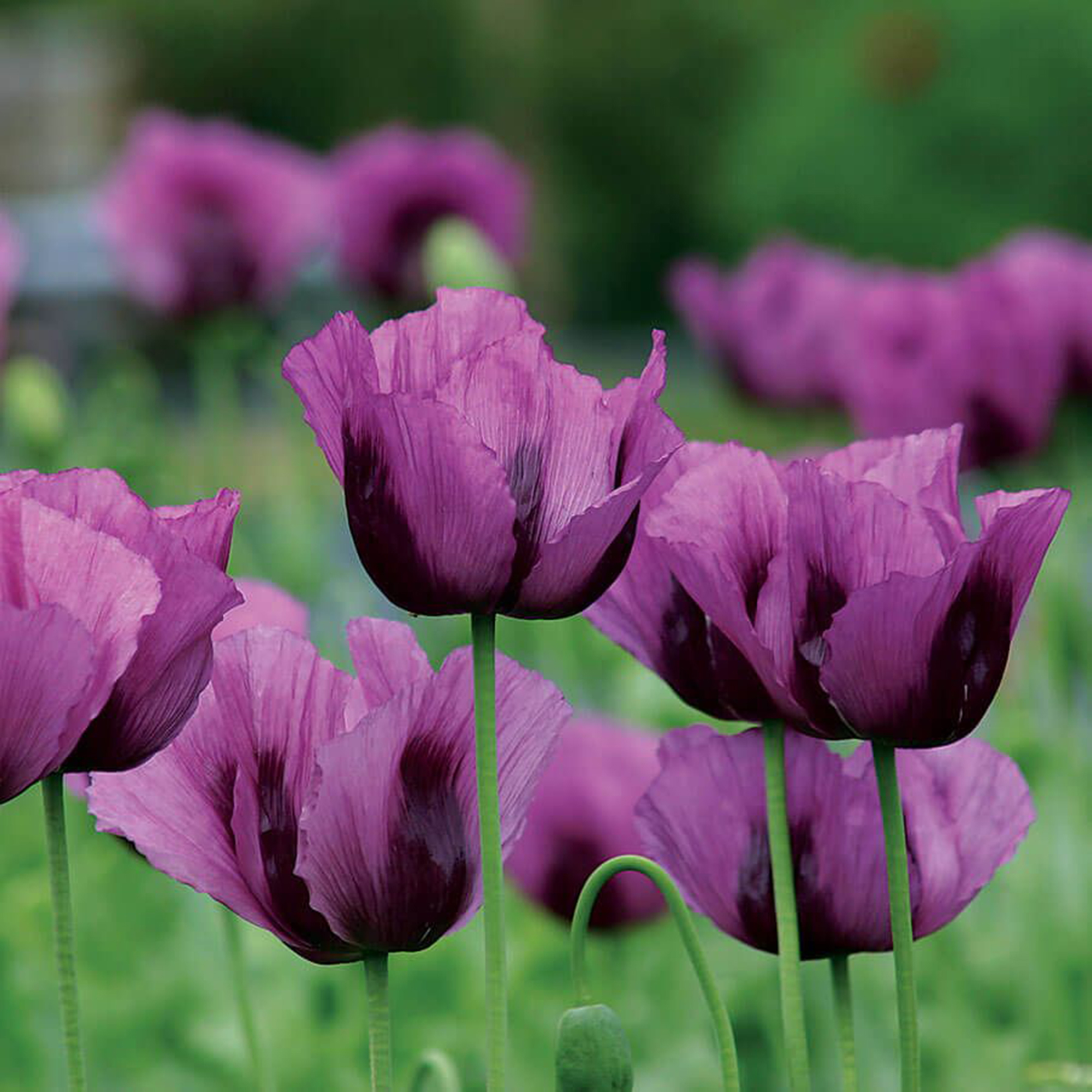8 Enchanting Blue Flowers You Can Start From Seed In Winter To Chase Away The Blues
Fill your garden with these captivating blue flowers come spring and summer by making a little head start in winter.
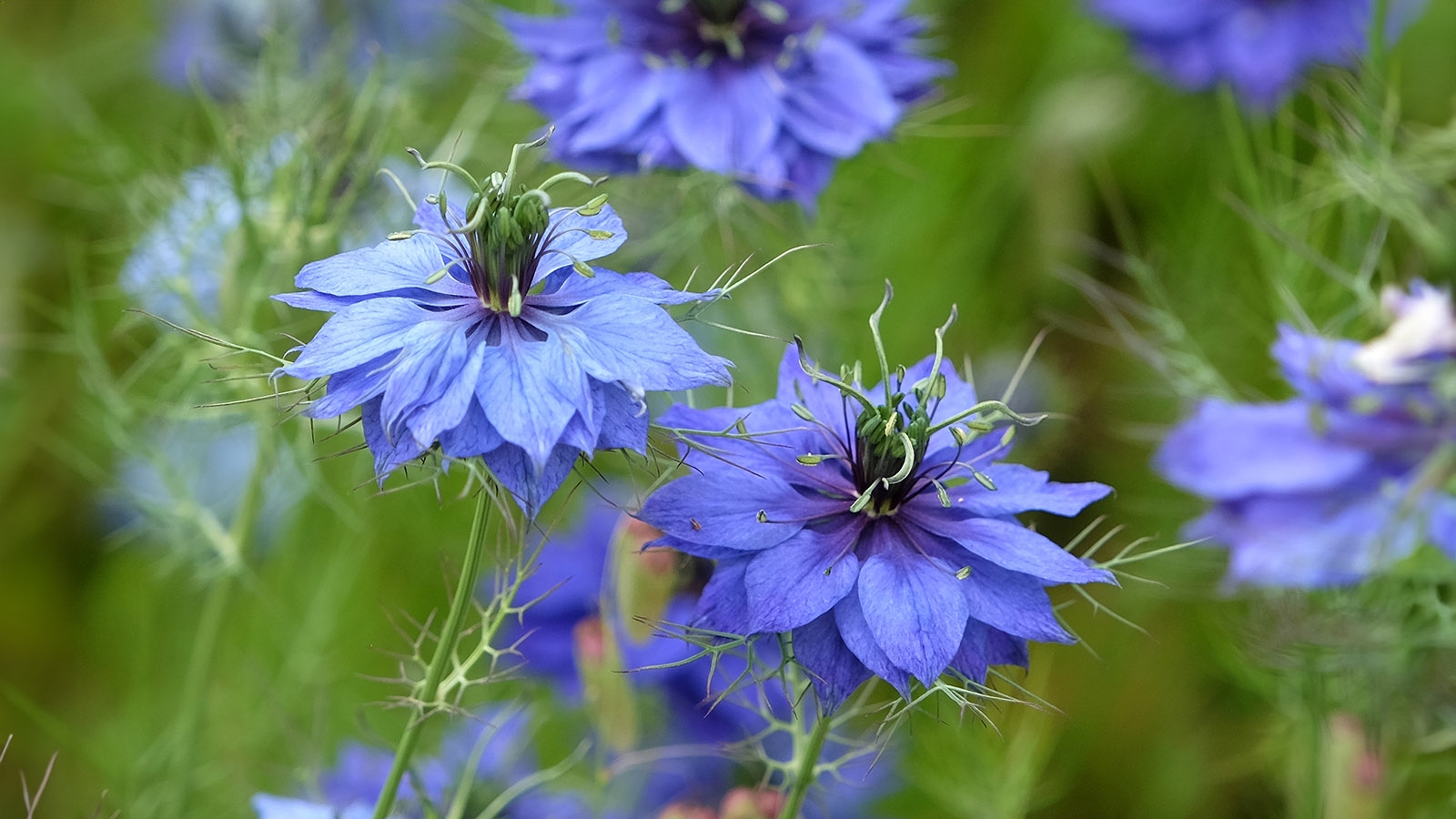

Blue flowers have a magical quality that few other blooms can match. Their stunning hues add a sense of wonder to any garden. But are flowers ever truly blue? It’s a question gardeners often ask, as nature rarely produces pure blue pigments. The closest we get are vivid shades of indigo, violet, and sky blue that feel just as enchanting.
Winter is the perfect time to start sowing seeds for certain varieties of blue flowers, bringing a sense of optimism to the darker months and giving a head start on spring. It's practically blue light therapy!
Whether you’re new to gardening or a seasoned pro looking for new varieties to nurture, our pick of blue flowers will take your breath away once summer arrives.
1. Delphiniums
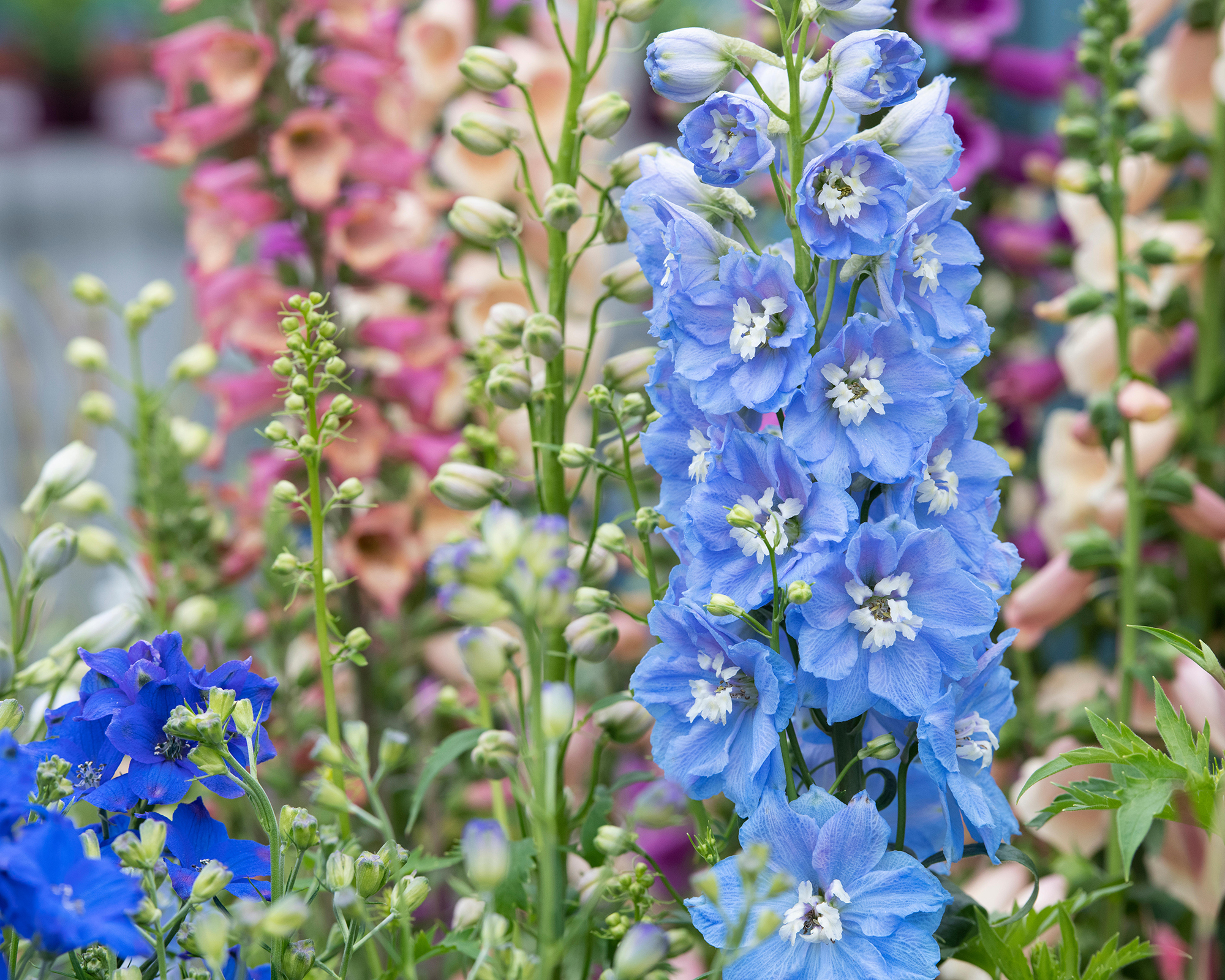
Delphiniums are some of those rare flowers that appear as true blue. These tall elegant blooms look wonderful at the back of borders and will attract bees and butterflies.
There are numerous blue delphinium varieties to choose from, but Magic Fountain Mix Delphiniums, available in the Gardening Know How Shop, are a wonderful choice, offering a colorful mix that also includes pink, lavender, and white.
As perennial flowers, delphiniums offer fantastic value for money, thriving in USDA zones 3 to 7. If you wait until spring to plant them, they are unlikely to flower until next year, but starting the seeds indoors in winter will give you a good chance of seeing blooms this summer.
2. Lobelia
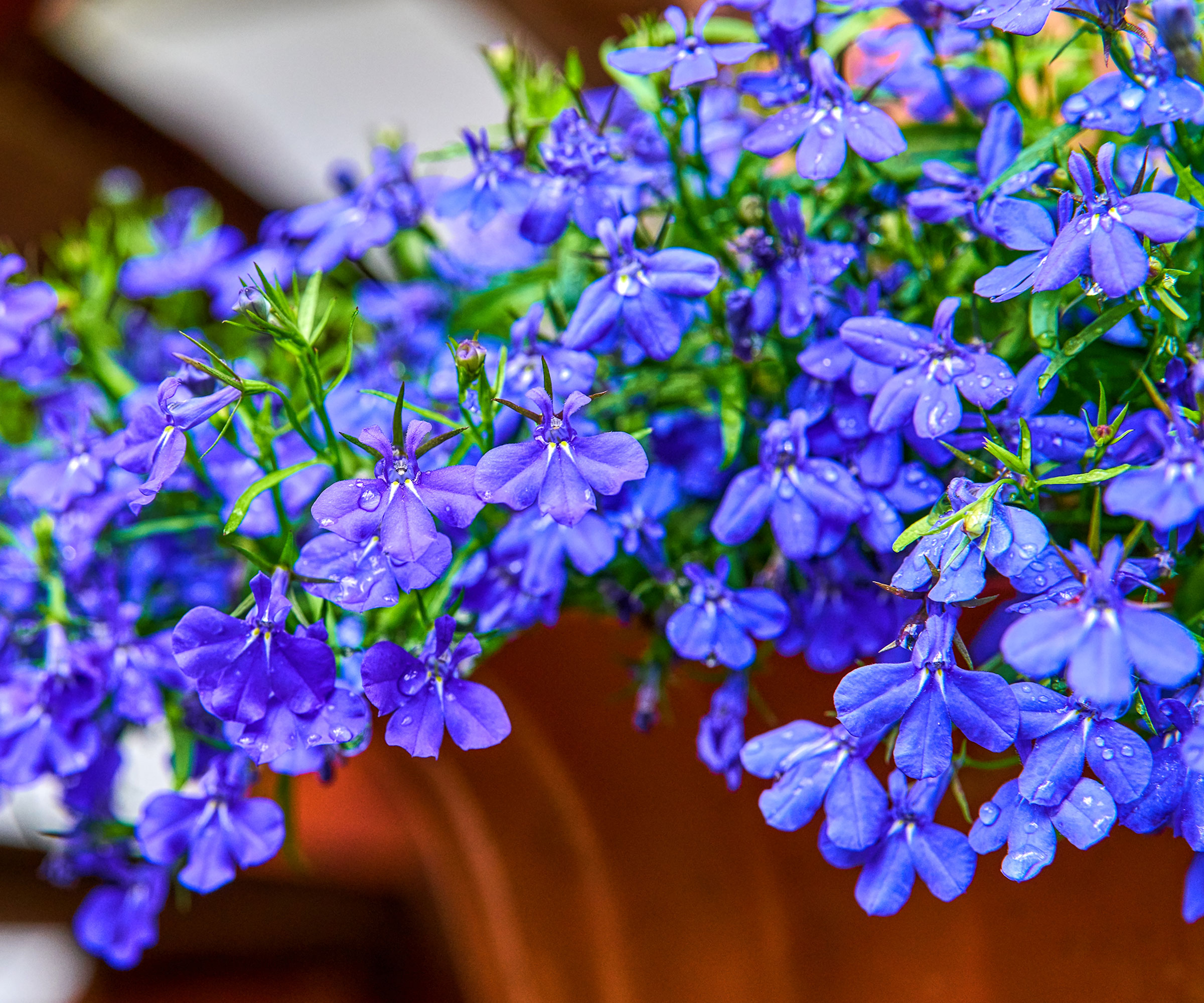
Lobelia is a gorgeous flower that’s famous for its vibrant blue blooms, making it perfect for fantasizing about on winter days. These tiny, trailing flowers create a sea of blue that looks stunning edging borders, hanging baskets, or window boxes.
Sign up for the Gardening Know How newsletter today and receive a free copy of our e-book "How to Grow Delicious Tomatoes".
Starting lobelia from seed in winter is surprisingly easy. Sprinkle the fine seeds on the surface of moist seed compost and gently press them in without covering them. Keep the tray in a warm spot indoors, and you’ll see sprouts within a couple of weeks. By the time spring arrives, you’ll have lush plants ready to transform your garden.
3. Hungarian Blue Poppies
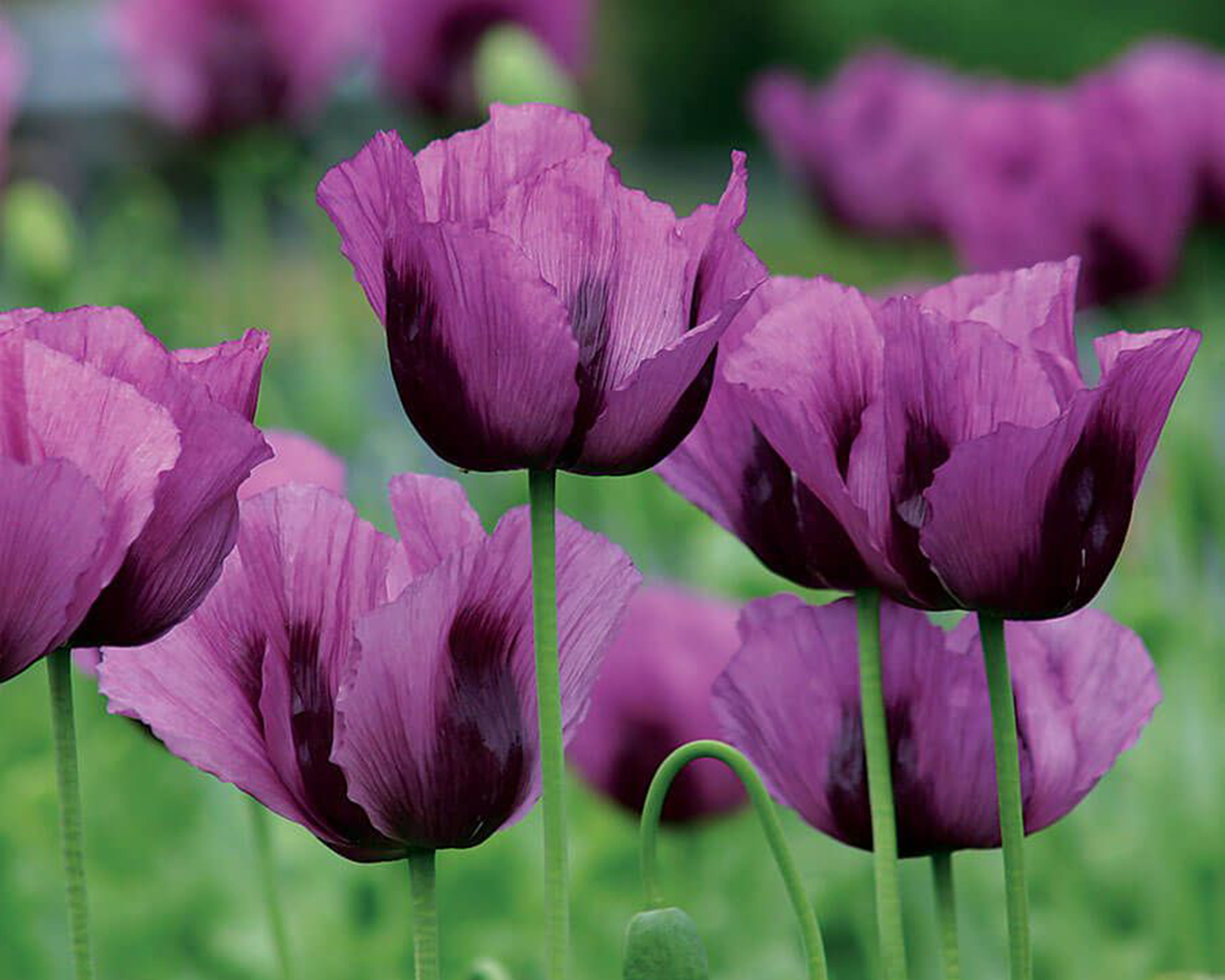
OK, so this one's on the purple side, but it's too stunning to miss out. Hungarian blue poppies, available in the Gardening Know How Shop, are an heirloom variety in the most spectacular shades of blue and purple, with distinctive dark centers.
You can grow poppies in USDA zones 5 to 9, depending on the variety. You can either wait until spring and sow seed direct, or start them indoors in winter to extend their magic and get them off to a strong start.
Not just a feast for the eyes, Hungarian blue poppies have edible seeds, making a delicious addition to poppy seed bagels, muffins, breads, and more. As an added bonus, the flowers are pollinator magnets.
4. Jacob's Ladder
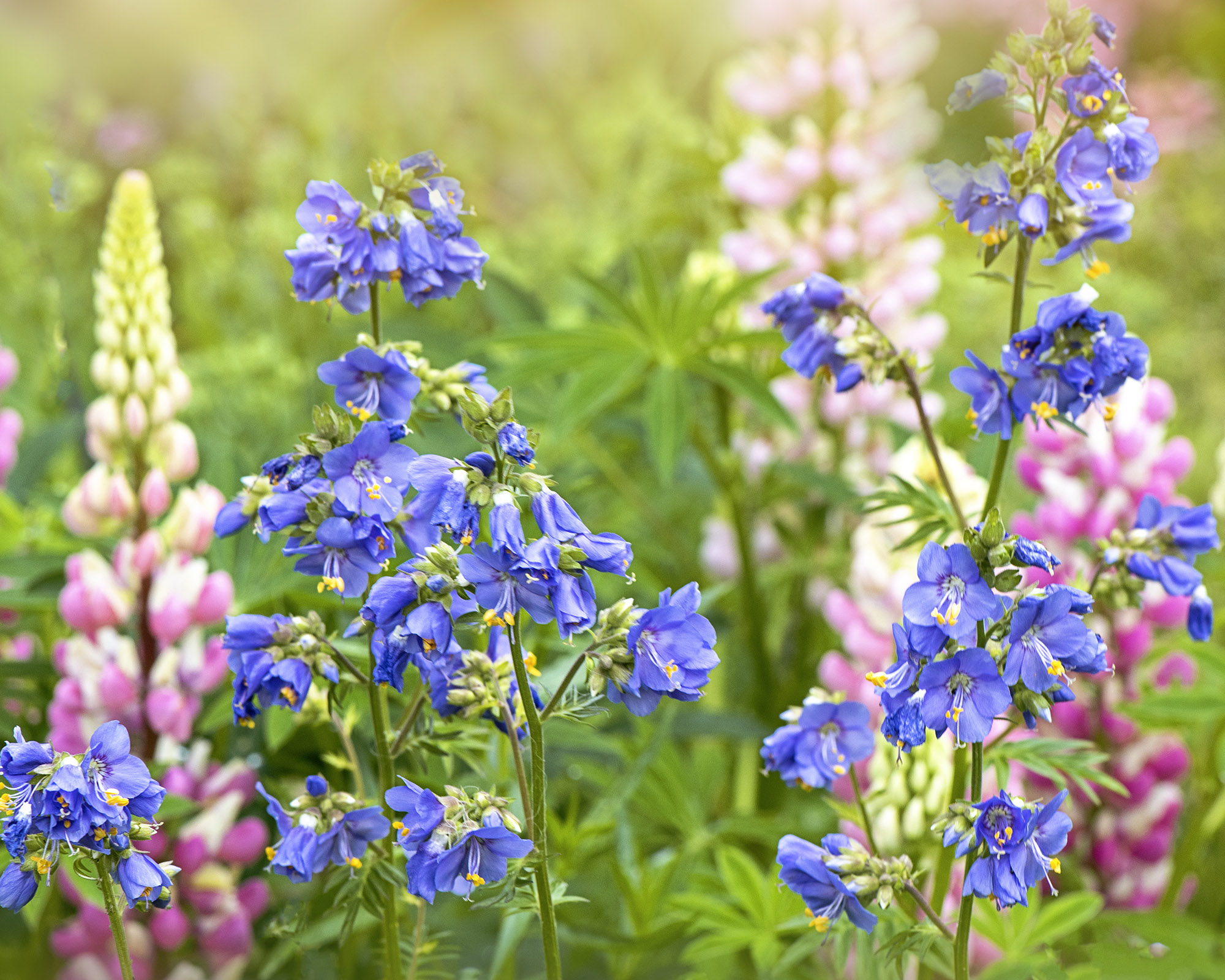
Jacob's ladder (Polemonium caeruleum) is a beautiful choice for adding blue blooms to your garden. These delicate flowers, named for their ladder-like foliage, produce stunning clusters of soft blue petals that brighten any space. Even better, you can start them from seed in winter.
This hardy perennial thrives in cooler temperatures, and sowing seeds indoors during the colder months gives them a head start for spring planting. Simply plant the seeds in trays of moist soil, keep them in a cool, bright spot, and watch them sprout.
5. Blue Petunias
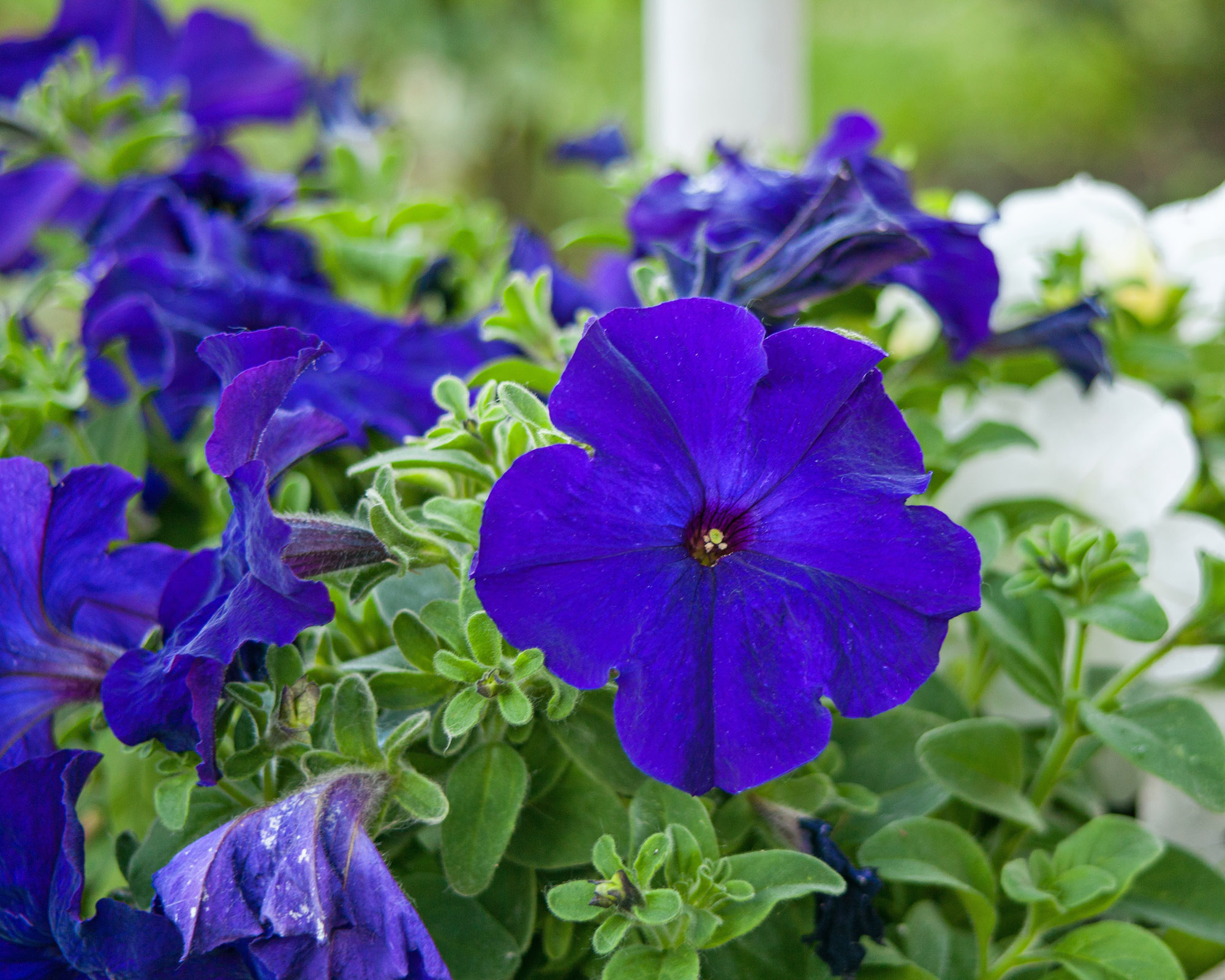
Though petunias are available in an array of sunny hues, there's something special about blue petunias, which make a show from late spring to fall, only giving up once the frosts arrive.
The flowers can be started indoors in winter and planted out as soon as the soil warms up and the last frost has passed. Use petunias to fill hanging baskets, containers, and gaps in garden beds.
While single-petalled petunias make a simple statement, double-petalled varieties are a joy to behold. Double Cascade Mix Hybrid Double Petunias, available in the Gardening Know How Shop, offer ruffle-packed blooms in gorgeous colors from soft lavender to vivid blue.
6. Nigella
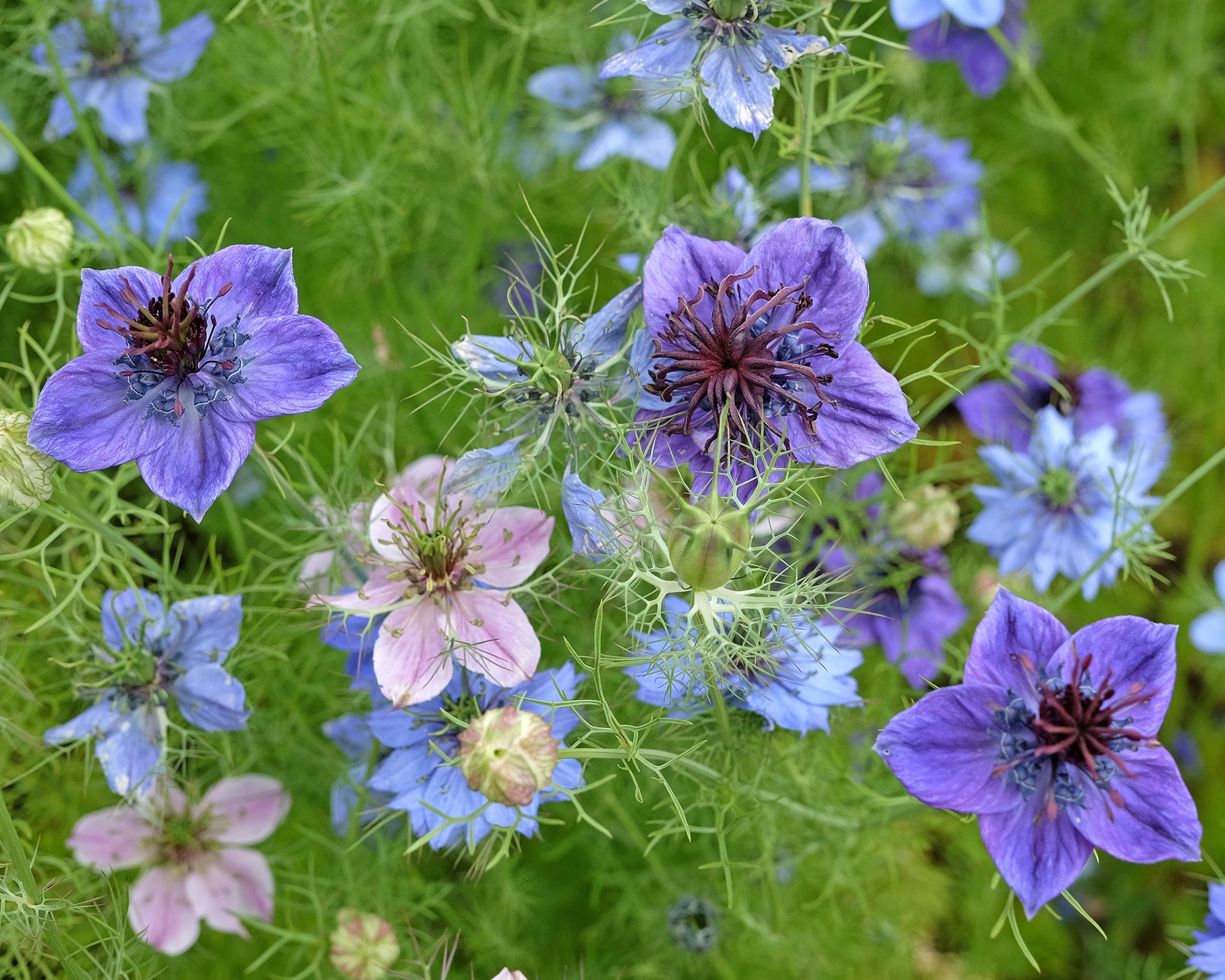
Nigella, often called Love-in-a-Mist, is a charming flower known for its delicate, airy foliage that appears as mist around stunning blue blooms.
These unique flowers add an enchanting touch to any garden and are easy to grow from seed, even in winter. Star them in a cool, bright location indoors before transplanting in early spring. Their vivid blue flowers will appear from June to September.
7. Cerinthe
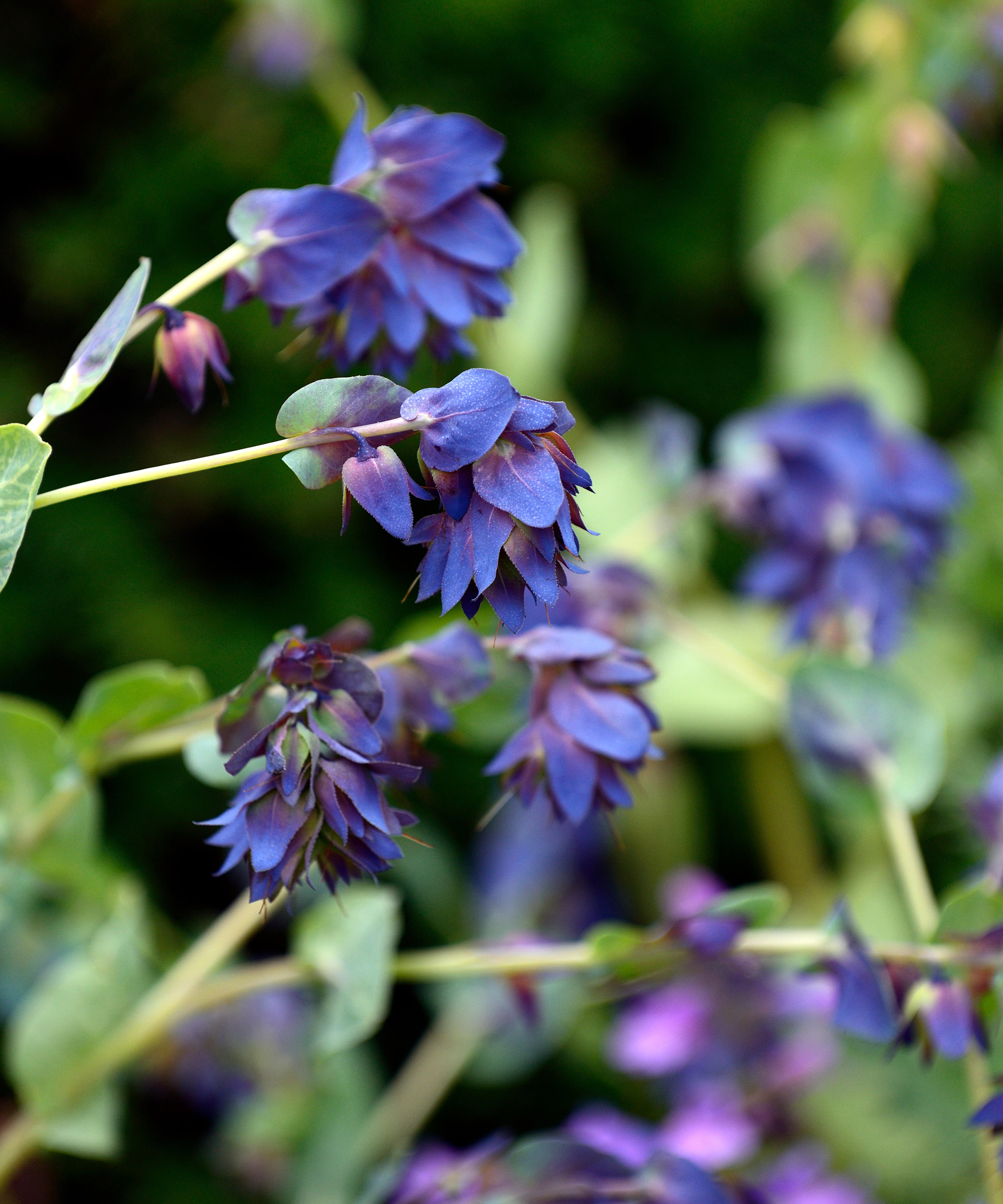
Cerinthe, also known as honeywort or blue shrimp plant, is a fascinating plant that stands out with its unusual, tubular blooms that appear in shades of blue to purple. These flowers, paired with silvery-green foliage, create a striking and elegant display.
Even better, you can start them from seed in winter. Cerinthe seeds are large and easy to handle – simply sow them in pots of moist compost and cover lightly with soil. Place the pots in a bright, cool spot, and come spring, you’ll have strong seedlings ready to fill your garden with their captivating beauty.
8. Globe Thistles
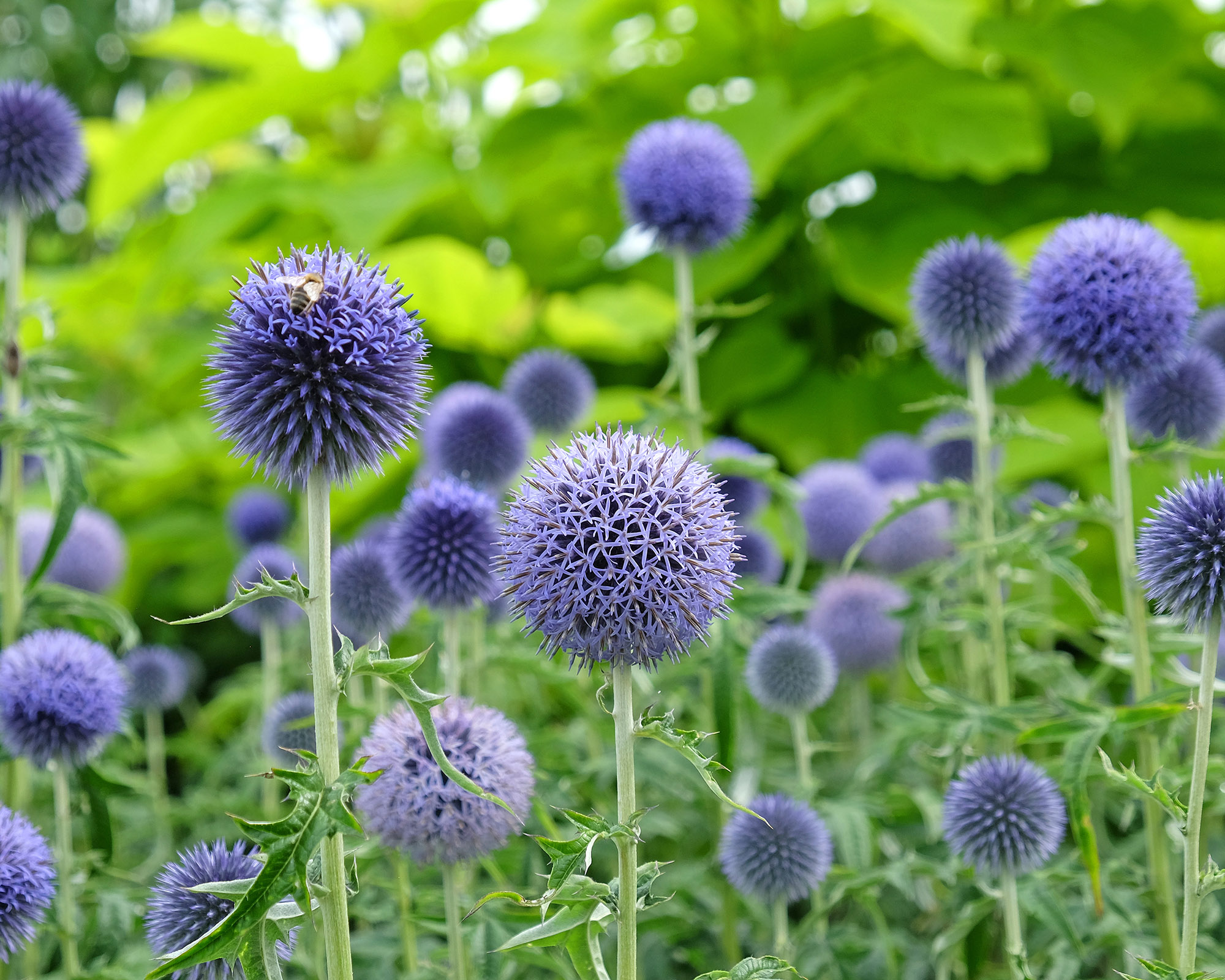
Globe thistles (Echinops) are a bold choice for the garden, with their striking spherical flowers in shades of metallic blue. These unique blooms sit atop tall stems, creating a dramatic and architectural effect.
Globe thistles are not only eye-catching but also attract bees and butterflies, and often keep flowering until September for late season color. You can start them from seed in winter, and they'll be ready to plant out in spring.
More Seed Starting Inspiration
- Learn when to start seeds indoors to ensure bigger harvests and more beautiful blooms.
- 8 flower seeds to start in January for the most glorious garden this year.
- Discover the 6 flower seeds I’m giving everyone I know to inspire their garden in 2025.
- Browse quality seed-starting trays in the Gardening Know How Shop, designed to create optimal growing conditions.
This article features products available from third party vendors on the Gardening Know How Shop.

Melanie is an experienced gardener and has worked in homes and gardens media for over 20 years. She previously served as Editor on Period Living magazine, and worked for Homes & Gardens, Gardening Etc, Real Homes, and Homebuilding & Renovating. Melanie has spent the last few years transforming her own garden, which is constantly evolving as a work in progress. She is also a passionate organic home grower, having experimented with almost every type of vegetable at some point. In her home, Melanie tends to an extensive houseplant collection and is particularly fond of orchids.
